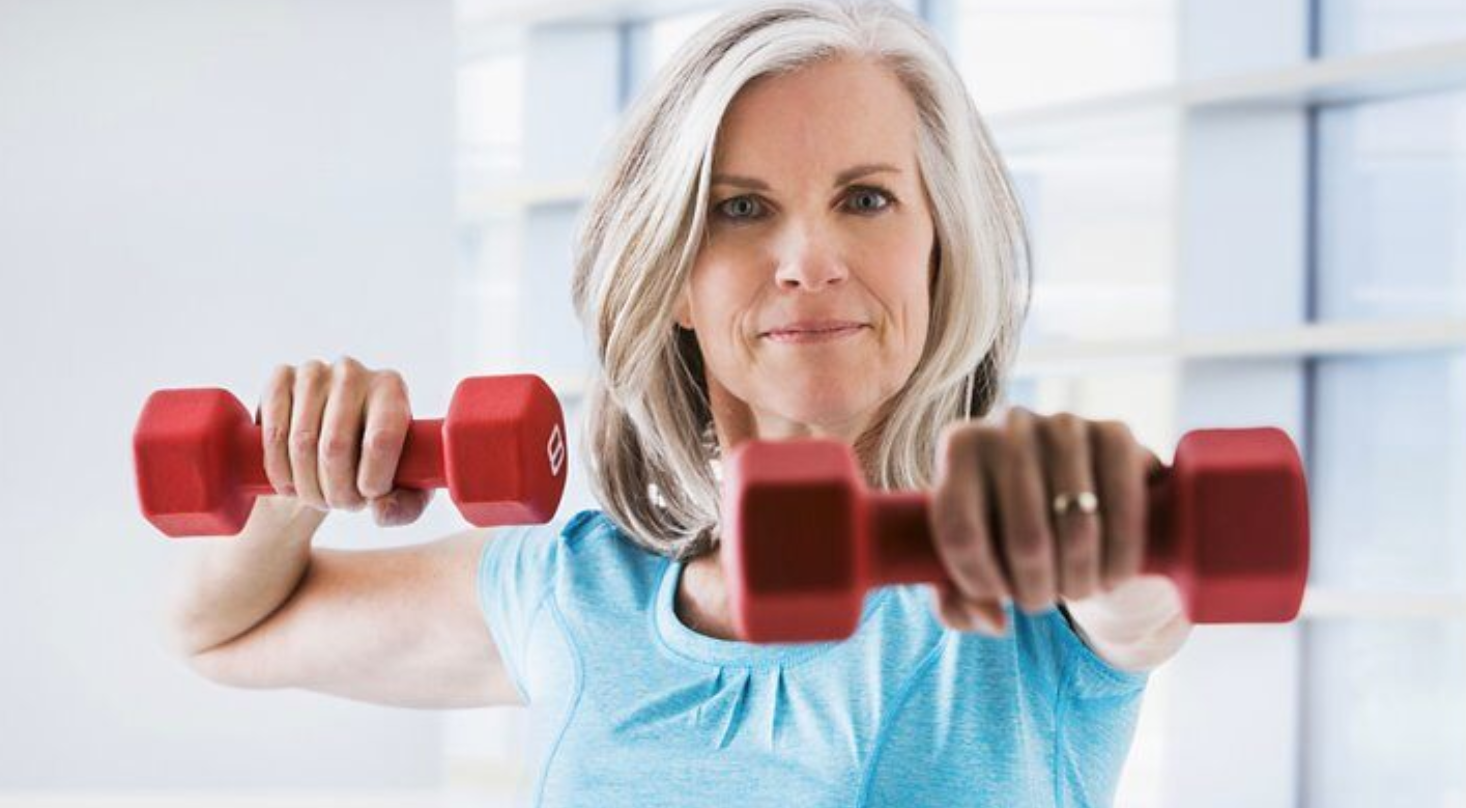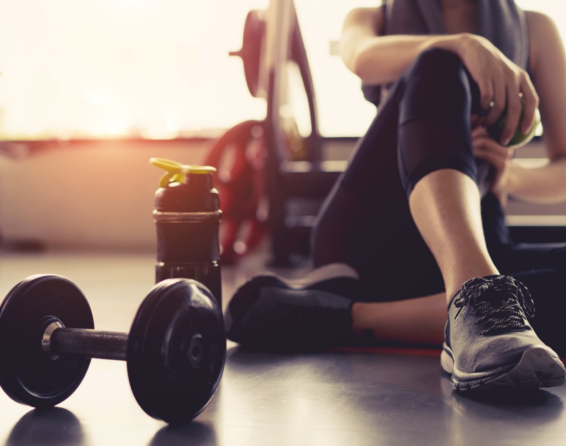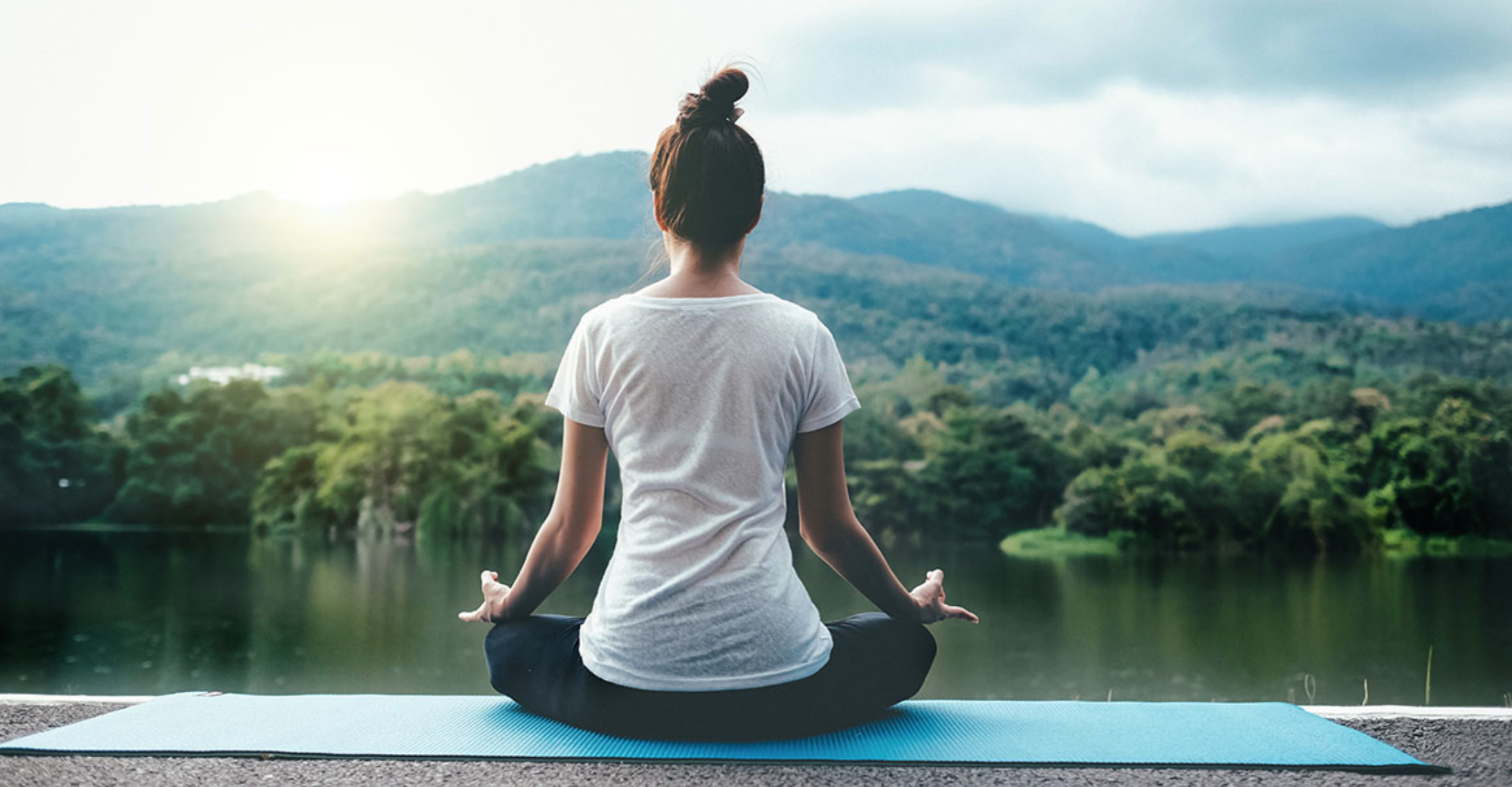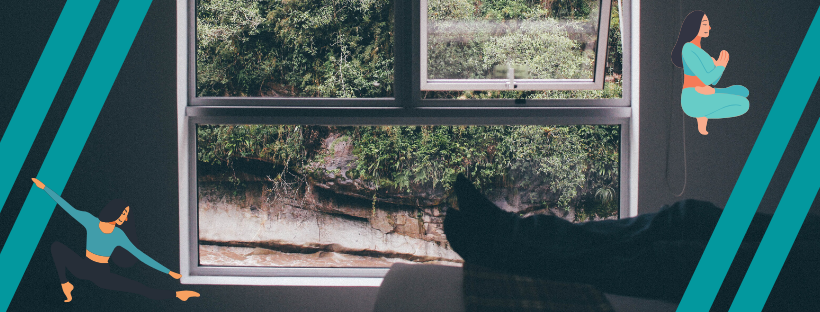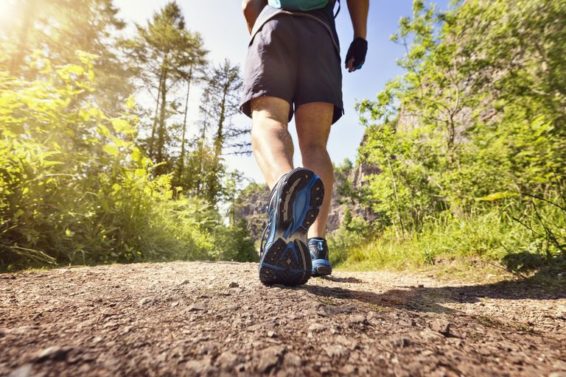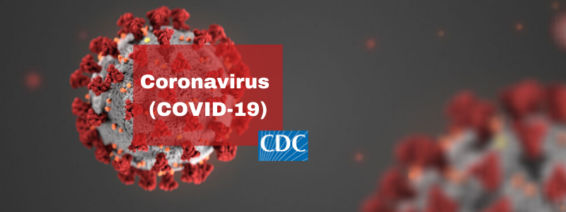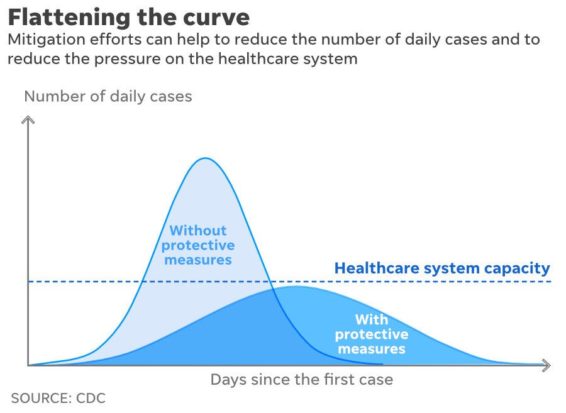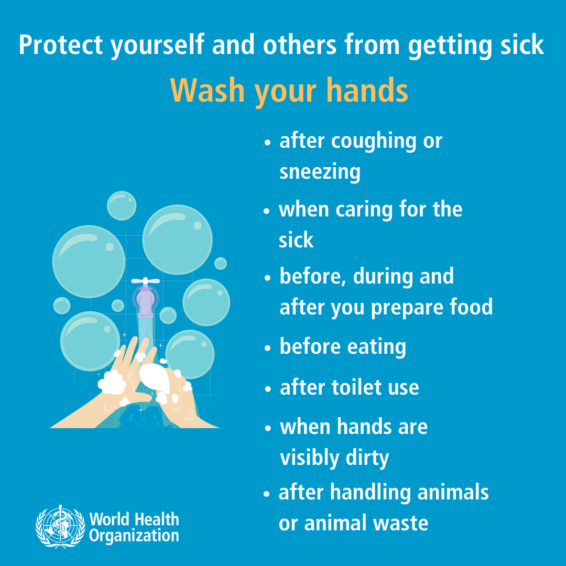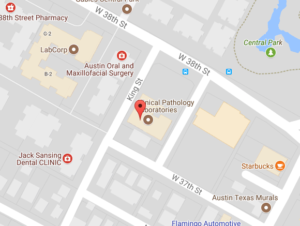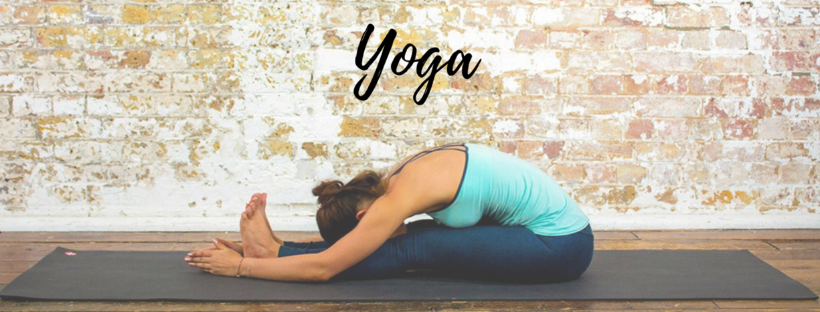
Exercise is more important than ever during this pandemic, especially when it comes to reducing that funk so many of us are in right now. Physical activity improves mood and well-being and reduces stress and anxiety. You can also use exercise as a way to organize your day. Our daily lives can be more stressful when we do not have a schedule, and exercise can be an anchor.
This week we will be hosting a free yoga session on ZOOM. Download the app for free on any web browser or mobile device and click the link here at 6 PM tomorrow to join the workout.
Some of the proven benefits of yoga include:
- decreased stress
- improved flexibility
- improved respiration and vitality
- protection from injury
- increased muscle tone and strength
- relief of anxiety
- reduction of inflammation
- improved sleep quality
Do not feel pressure to turn your microphone or video options on, as this is all about your health and healing during this time. If you have a question during the workout, please feel free to speak up! Please listen to your body and alter any pose as needed. If you need any personalized advice on how to change a position after the session, please contact me directly at info@partners-in-health.com.
If you are unable to join us for this workout, there are many free online resources available! Yoga instructor, Adriene, hosts a YouTube channel called Yoga with Adriene that offers an online community of over 6 million subscribers. She publishes free Yoga Videos and has a library of over 500 free videos and growing. Click here to access her website for more information!
Stay healthy and keep active everyone!
Your personal fitness coach,
Alyssa


